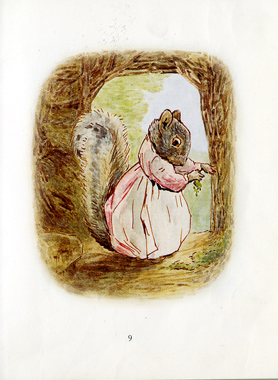Take a lovely, and historical, tour of Boston with the Mallard family in McCloskey's unforgettable children's classic Make Way for Ducklings.
And look! Boston Public Gardens even has the bronze sculpture by Nancy Schön commemorating McCloskey's book: http://www.boston-discovery-guide.com/make-way-for-ducklings.html#axzz1d4yVoFBL And check out the ducklings in their holiday finest: http://www.flickr.com/photos/dippy_duck/2173283522/ In fact, just Google "Make Way for Ducklings" and view all the images of the bronze brood throughout the seasons in Boston Public Gardens.
While I think that's recommendation enough, I must share a true story . . . that really . . . did . . . happen. This past summer when we vacationed with the Mister's family, we ate at a Brixx Pizza located near a small pond. While enjoying our pizza over laughter and conversation, all five cousins spotted a mother duck marching her ducklings past the glassed windows of the restaurant, 100 feet or so toward the pond. We ALL delighted in the sight, adults and children alike. Now I ask you, doesn't that spark your curiosity as to the inspiration behind McCloskey's story? It does mine!





































